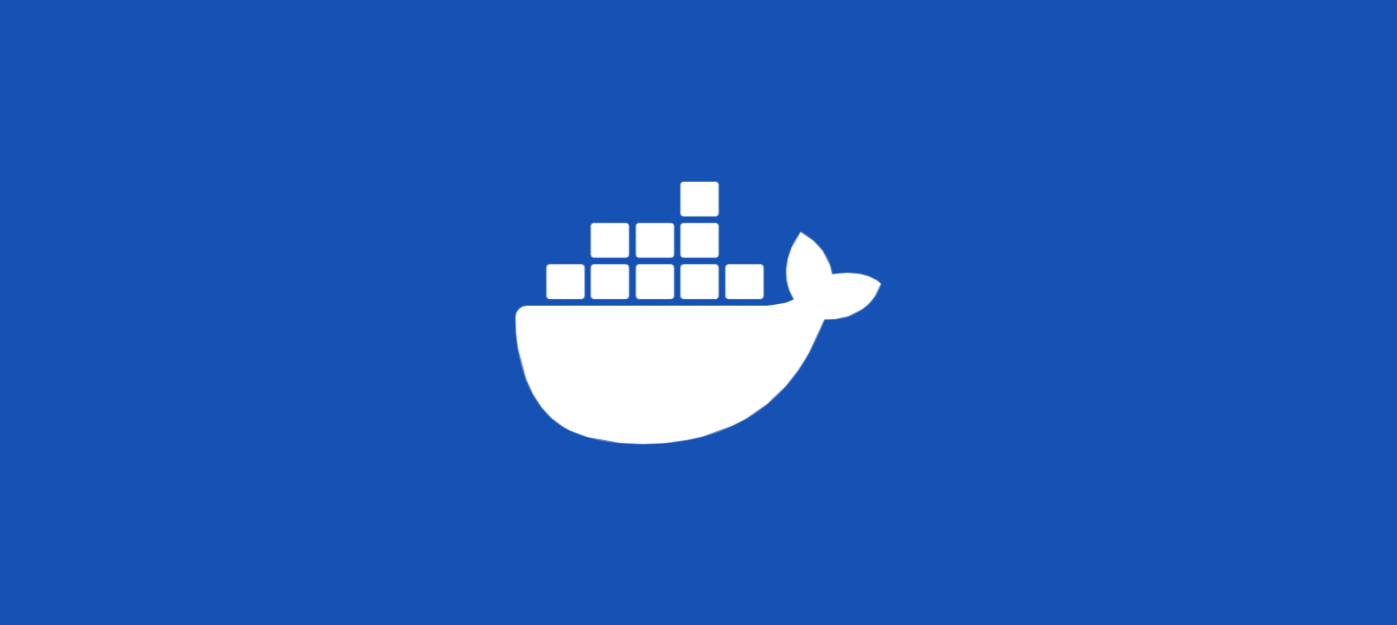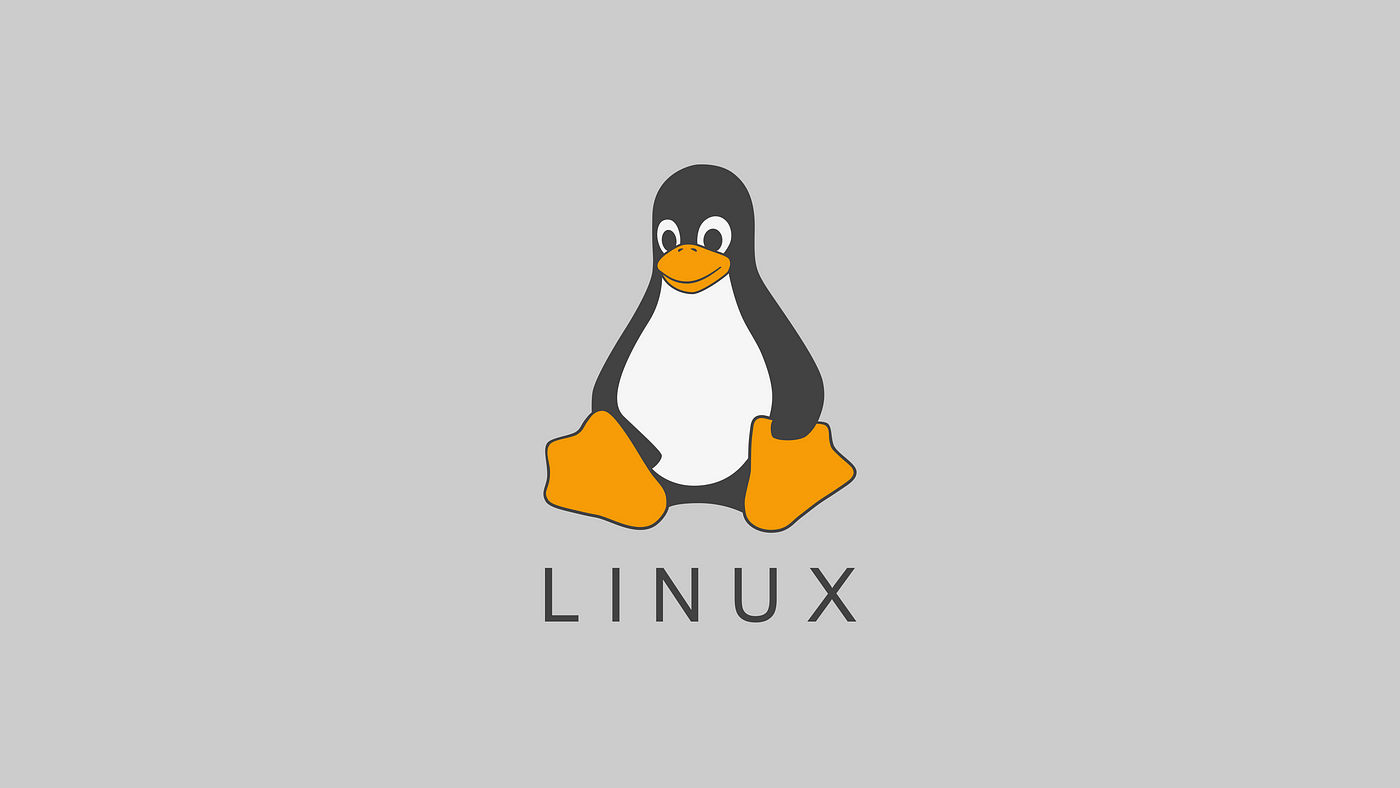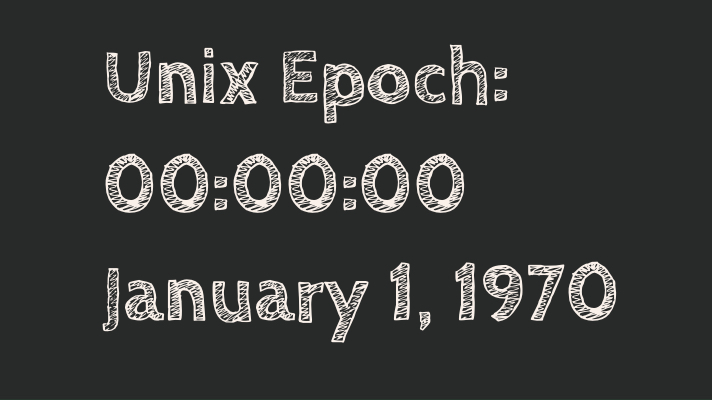Docker networking allows containers to communicate with each other, the host machine, and the outside world. It plays a key role in how data flows between services in a containerized application.
Read PostNew Blog Posts
A container is a lightweight, standalone, and executable piece of software that packages everything needed to run an application — including the code, libraries, dependencies, and settings — into one neat unit.
Read PostUser management in Linux means creating, modifying, and deleting user accounts on the system. It includes setting usernames passwords, and assigning users to groups.
Read PostIn simple terms, debounce acts as a regulator for your functions, preventing them from causing congestion and ultimately enhancing the overall user experience.
Read PostEpoch time is commonly used in various applications for timestamping, measuring time intervals, and performing time-related calculations.
Read PostEpoch time is commonly used in various applications for timestamping, measuring time intervals, and performing time-related calculations.
Read Post



